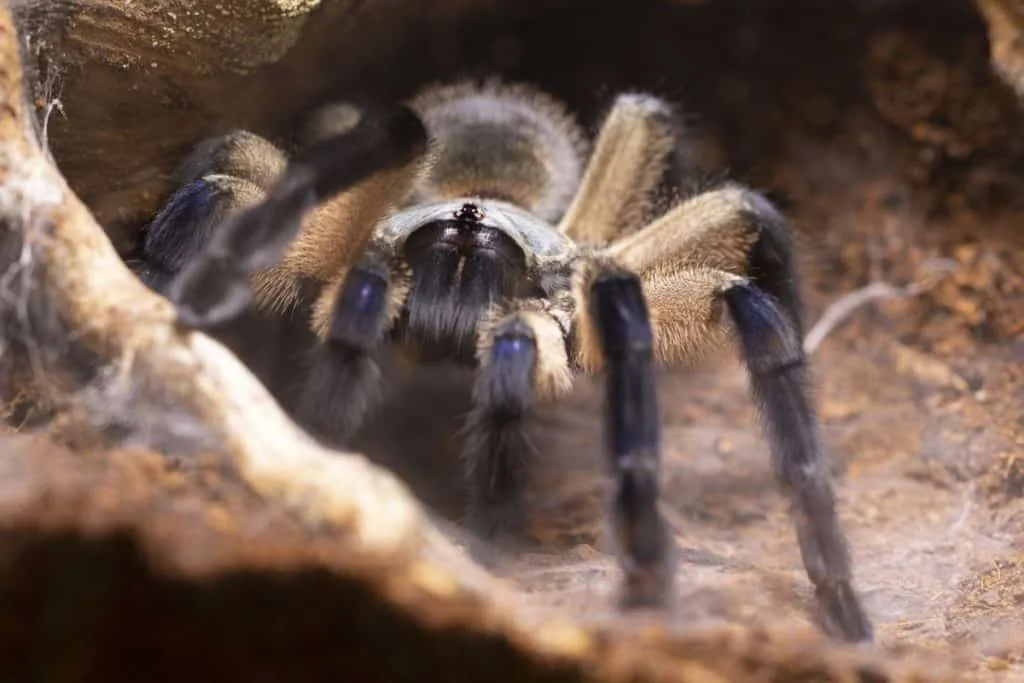Top 5 Amazing Facts About Pet Tarantulas
Pet tarantulas have become increasingly popular among exotic pet enthusiasts. These fascinating creatures, with their impressive size and unique characteristics, offer a captivating experience for those seeking something beyond the typical dog or cat. But what makes these spiders so appealing? What are the most intriguing aspects of owning a tarantula? This article will delve into five amazing facts about pet tarantulas that will both inform and fascinate you. From their diverse species to their fascinating life cycle, you will gain a deeper appreciation for these incredible arachnids. Prepare to be amazed by the world of pet tarantulas and discover why they’re such intriguing companions.
Fact 1 Understanding Tarantula Diversity
One of the most remarkable aspects of pet tarantulas is their incredible diversity. The tarantula family comprises numerous species, each with its unique characteristics, from size and color to temperament and habitat preferences. Understanding this diversity is crucial for potential owners, as it helps in selecting a species that best fits their lifestyle and experience level. Some tarantulas are docile and slow-moving, making them suitable for beginners, while others are more defensive and require more experienced handling. This diversity ensures that there’s a tarantula species for almost everyone, offering a wide range of options for enthusiasts.
The Wide World of Tarantula Species

The variety within the tarantula family is vast, with species originating from different parts of the world, including North and South America, Asia, and Africa. Each species has its own unique appearance, ranging from the vibrant colors of the Gooty Sapphire Ornamental to the more subdued tones of the Chilean Rose. Some popular choices among pet owners include the Mexican Red Knee, known for its relatively docile nature, and the Brazilian Black, admired for its striking appearance. Exploring these different species is an exciting journey, allowing enthusiasts to discover the beauty and diversity of these fascinating creatures. Researching the specific needs and characteristics of each species is essential before bringing one home to ensure you can provide proper care.
Size and Appearance Variations
Beyond the differences in species, the size and appearance of tarantulas also vary dramatically. Some species remain relatively small, with a leg span of just a few inches, while others can grow to be quite large, with leg spans exceeding ten inches. The appearance of tarantulas is equally diverse, with colors and patterns ranging from the bold stripes of the Zebra Tarantula to the solid blacks and browns of the various New World species. The size and appearance of a tarantula are often indicative of its species and age, with juveniles typically being smaller and less colorful than adults. Understanding these variations is key to identifying different species and appreciating the unique beauty of each one.
Fact 2 The Fascinating Tarantula Life Cycle
The life cycle of a tarantula is a captivating process filled with remarkable transformations and stages of growth. From the initial egg sac to the final adult form, tarantulas undergo a series of changes that showcase their resilience and adaptability. Understanding this life cycle is not only fascinating but also crucial for providing the proper care and understanding the needs of a pet tarantula at different stages. The life cycle is a testament to their ability to thrive in various environments, making them an intriguing subject of study for both scientists and pet owners alike. By understanding the intricacies of their life cycle, owners can better appreciate the incredible creatures they have chosen to care for.
From Egg Sac to Adulthood
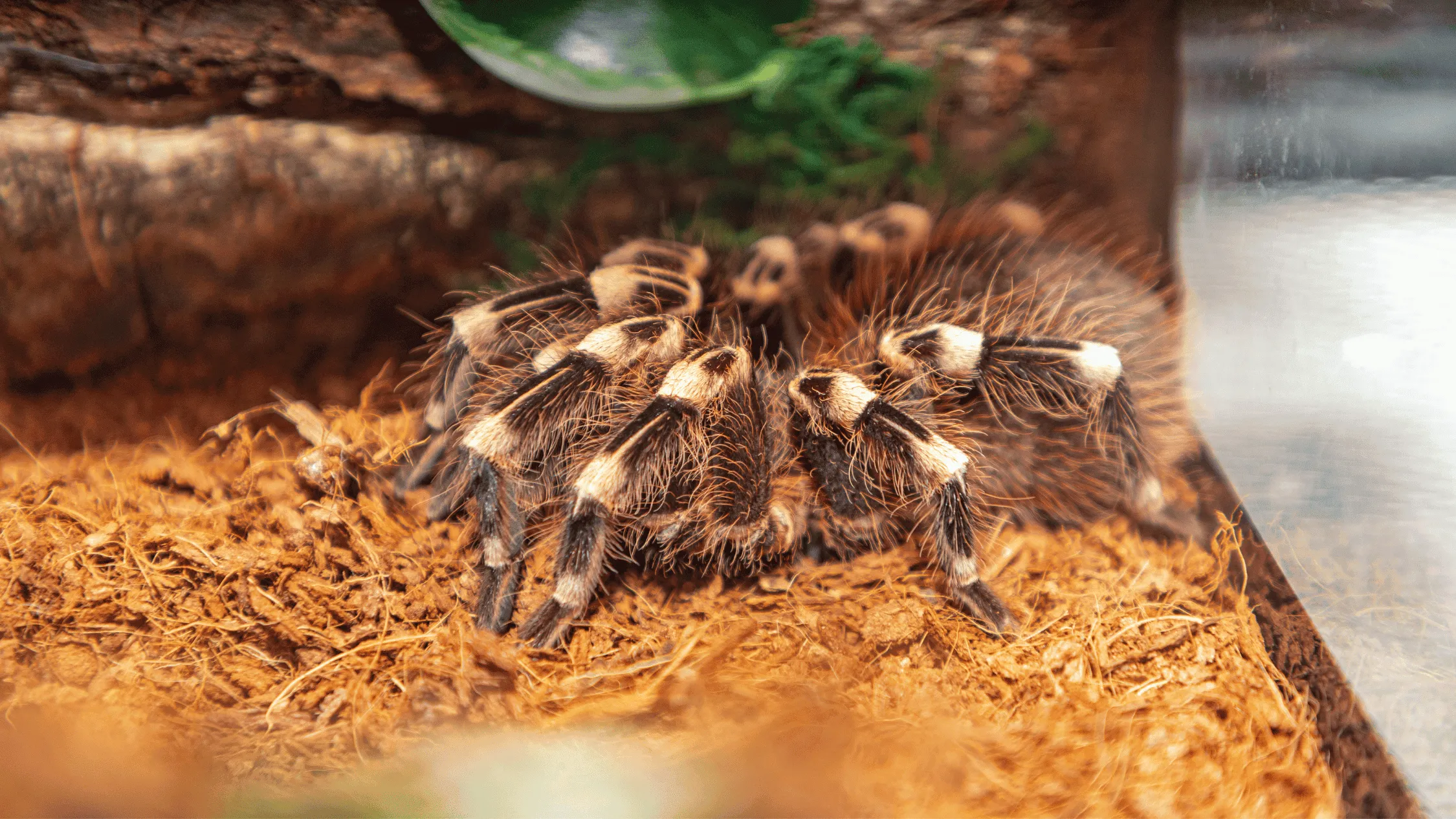
The journey begins with the female tarantula creating an egg sac, which can contain hundreds of eggs. The eggs hatch into spiderlings, tiny versions of the adult tarantula. These spiderlings undergo several molts, shedding their exoskeletons as they grow. The spiderlings gradually develop the characteristics of adult tarantulas. The duration of this process varies depending on the species, with some tarantulas reaching maturity in a few years and others taking a decade or more. This extended development period contributes to their long lifespan, making them a commitment for any pet owner.
Molting and Growth
Molting is a key part of a tarantula’s life cycle, during which they shed their exoskeleton to grow. This process can be stressful for the tarantula, as they are vulnerable during this time. The frequency of molting decreases as the tarantula ages. Young tarantulas molt several times a year, while adults may only molt once a year or less. After molting, the tarantula’s new exoskeleton is soft, and they need time to harden before they can move around freely. Proper care during molting is crucial to ensure the tarantula’s survival and health. This includes maintaining a suitable environment and avoiding any disturbances that could disrupt the process. Witnessing a tarantula molt is a unique and fascinating experience for any pet owner.
Fact 3 Tarantula Behavior and Temperament
Tarantulas, despite their often intimidating appearance, exhibit a range of behaviors and temperaments that make them fascinating to observe. While individual personalities can vary, understanding the general behavioral patterns of tarantulas is essential for responsible pet ownership. Their behaviors are often influenced by environmental factors, such as temperature, humidity, and the presence of prey. Learning to read these behaviors can help owners provide a suitable environment and avoid unnecessary stress for their pet. The more you learn about tarantula behavior, the more you can appreciate these incredible creatures and understand their needs.
Common Tarantula Behaviors
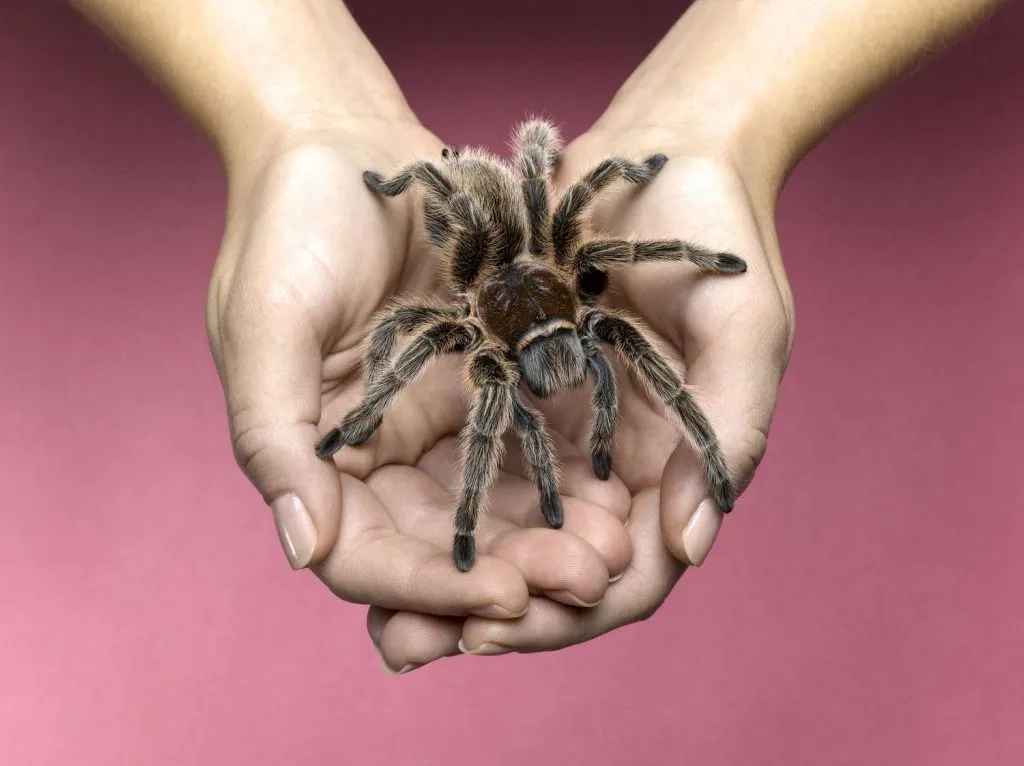
Tarantulas exhibit a variety of behaviors, including burrowing, web-spinning, and defensive postures. Burrowing is a natural behavior for many species, where they create underground habitats. Web-spinning is used for various purposes, including creating a retreat, catching prey, and as a form of communication. Defensive postures, such as rearing up or flicking urticating hairs, are used to deter potential threats. Observing these behaviors provides insight into their needs and can help owners create an enriched environment. Learning to recognize these behaviors allows you to provide for your pet tarantula more effectively.
Handling and Interaction
Handling tarantulas should be approached with caution and knowledge. Some species are more docile and tolerant of handling, while others are more defensive and may bite. It is important to research the specific species before attempting to handle it. Even docile tarantulas can be startled and bite if they feel threatened. Always handle a tarantula close to the ground to minimize the risk of injury if it falls. Wash your hands thoroughly before and after handling, and avoid using scented soaps or lotions, which can irritate the tarantula. When handled, it is important to support the tarantula’s body and avoid any sudden movements. Observing your tarantula and knowing when it is stressed can make for a more enjoyable experience.
Fact 4 Habitat and Environmental Needs
Creating a suitable habitat for a pet tarantula is crucial for its health and well-being. This involves providing the correct enclosure size, substrate, temperature, humidity, and hiding places. The specific requirements will vary depending on the species. Understanding these needs is essential for any prospective tarantula owner. A well-maintained habitat not only provides a comfortable environment for the tarantula but also enhances its overall health and happiness. Proper enclosure setup mimics their natural environment, enabling them to thrive in captivity.
Setting Up the Perfect Enclosure
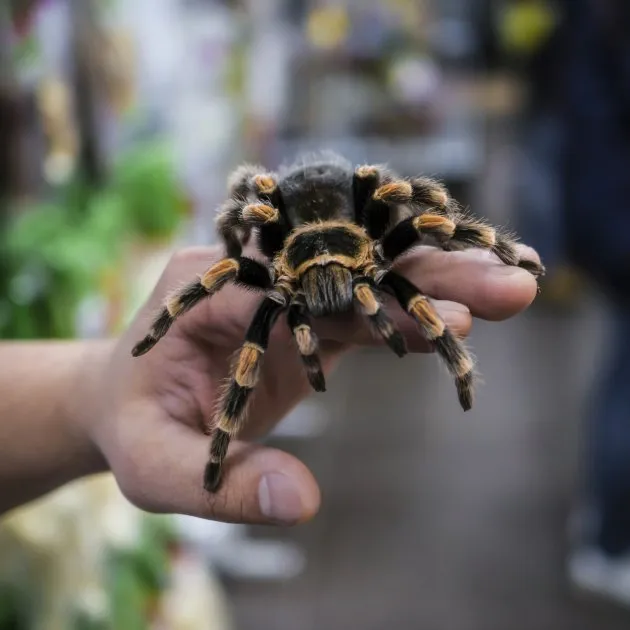
The enclosure should be appropriately sized for the tarantula’s species and size, with enough space for movement and exploration. The substrate, such as coconut fiber or peat moss, should be deep enough for burrowing species. Provide a water dish with fresh water, and offer hiding places like cork bark or artificial plants. The enclosure should be well-ventilated but secure to prevent escapes. The environment should be cleaned regularly to remove any waste or uneaten food. Monitoring the temperature and humidity levels using a thermometer and hygrometer is essential. A well-designed and maintained enclosure is key to a healthy and thriving tarantula.
Temperature and Humidity
Maintaining the correct temperature and humidity levels is critical for a tarantula’s health. Most species thrive in temperatures between 70°F and 85°F (21°C and 29°C). Humidity levels vary depending on the species, with some needing higher humidity levels than others. Monitoring these levels is crucial and can be achieved with a thermometer and hygrometer. Use a heat source, such as a heat mat or ceramic heat emitter, to maintain the correct temperature. Humidity can be maintained by misting the enclosure with water or by providing a water dish. Fluctuations in temperature and humidity can stress the tarantula and affect its health. Proper environmental control is the key to ensuring a healthy and happy tarantula.
Fact 5 The Appeal of Owning a Tarantula
Owning a tarantula can be a rewarding experience for those who appreciate these unique creatures. They offer a low-maintenance alternative to other pets and can be fascinating to observe. Their unique characteristics and behaviors set them apart, making them a conversation starter and a source of endless fascination. However, owning a tarantula is not for everyone, and prospective owners should carefully consider the responsibilities involved. The appeal of owning a tarantula lies in its uniqueness and the opportunity to learn about and appreciate a fascinating creature.
Unique Characteristics of Tarantulas
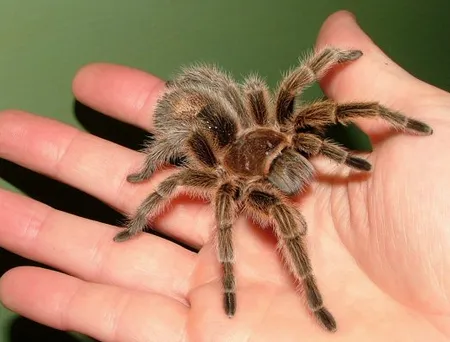
Tarantulas possess a range of unique characteristics that make them fascinating to observe. Their impressive size, diverse colors, and unique behaviors set them apart from more common pets. They have a relatively long lifespan, with some species living for over 20 years. They are also relatively low-maintenance, requiring less interaction than other pets. Observing their behaviors, such as feeding, molting, and web-spinning, can be an enriching experience. Their ability to thrive in captivity, provided their needs are met, makes them an appealing choice for those seeking a unique and captivating pet.
Responsible Tarantula Ownership
Responsible tarantula ownership involves providing proper care, understanding their needs, and respecting their nature. This includes setting up a suitable habitat, providing appropriate food and water, and handling them with caution. Researching the specific species’ needs is essential. It also includes understanding their temperament and avoiding any actions that could cause them stress. Responsible owners prioritize the tarantula’s health and well-being, creating a positive and enriching environment. It also involves being aware of potential hazards, such as the risk of bites or allergic reactions, and taking appropriate precautions. By being a responsible owner, you can ensure a rewarding and fulfilling experience for both you and your tarantula.
In conclusion, pet tarantulas offer a unique and captivating experience for those who appreciate the beauty and intricacies of the natural world. Their diversity, fascinating life cycle, and unique behaviors make them intriguing companions. By understanding the facts presented, prospective owners can make informed decisions about whether a tarantula is the right pet for them and how to provide the best possible care. The world of tarantulas is full of surprises, and with responsible ownership, the experience can be enriching and educational. Embrace the amazing facts about pet tarantulas, and you’ll discover the extraordinary world of these incredible creatures.
